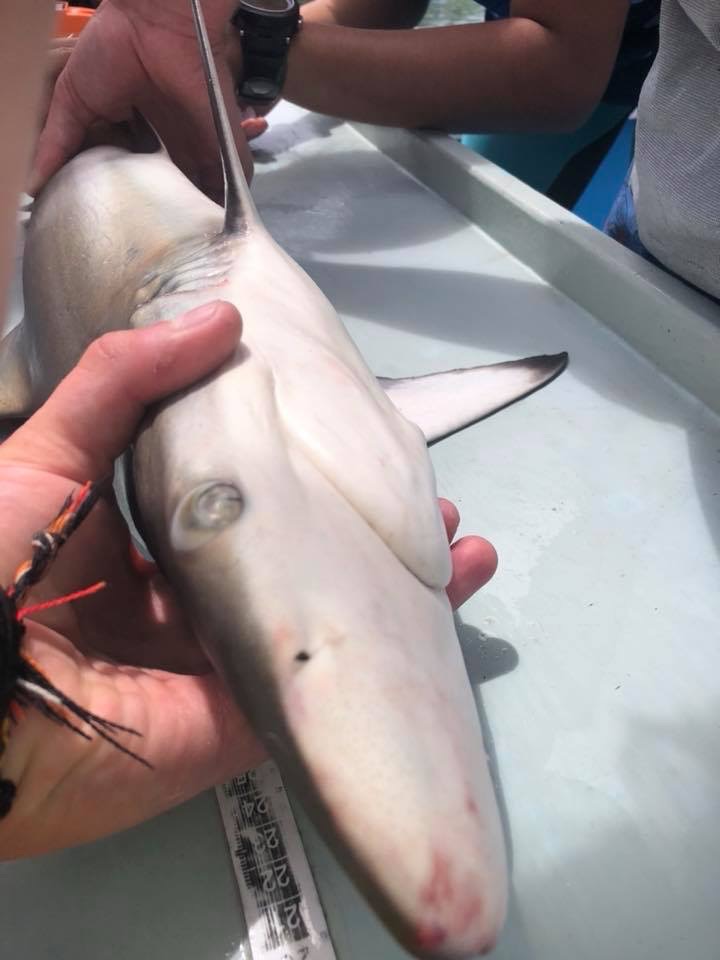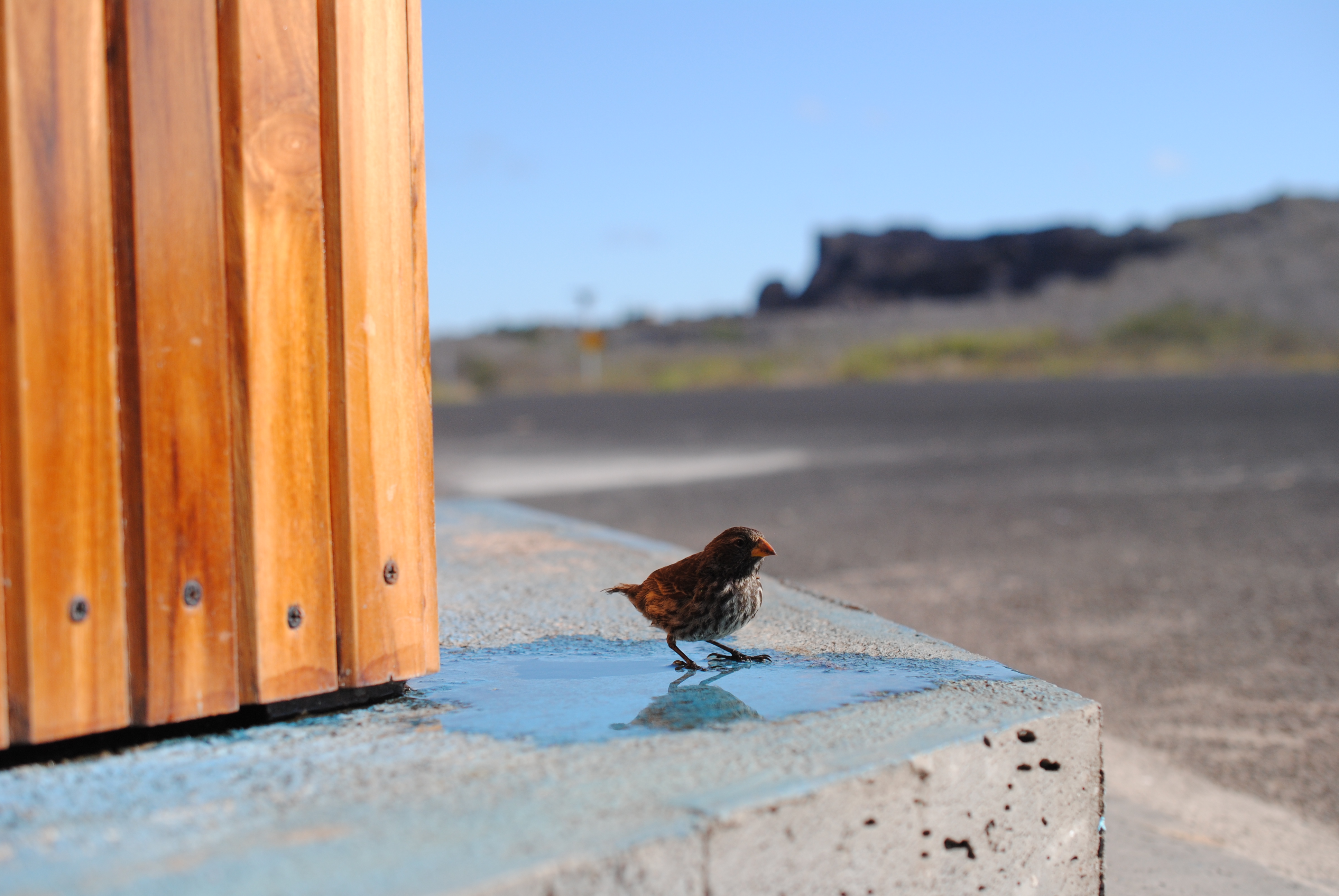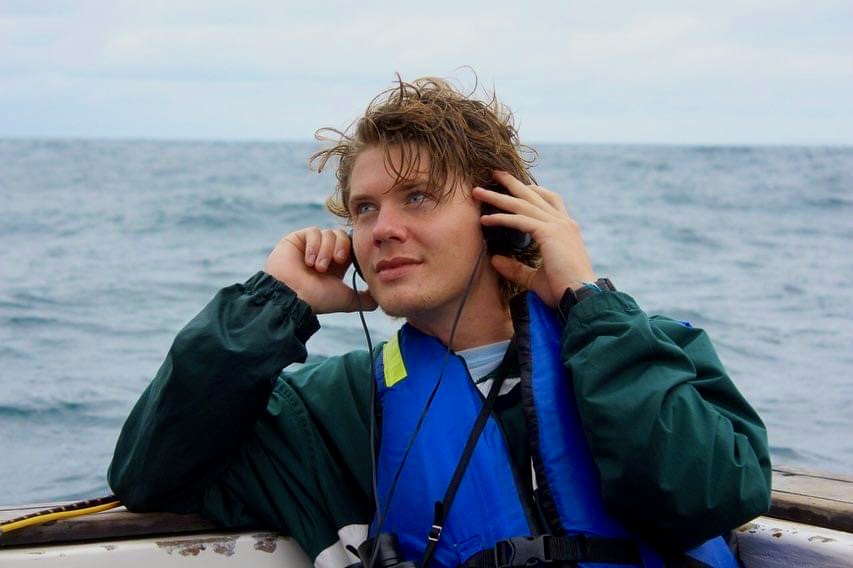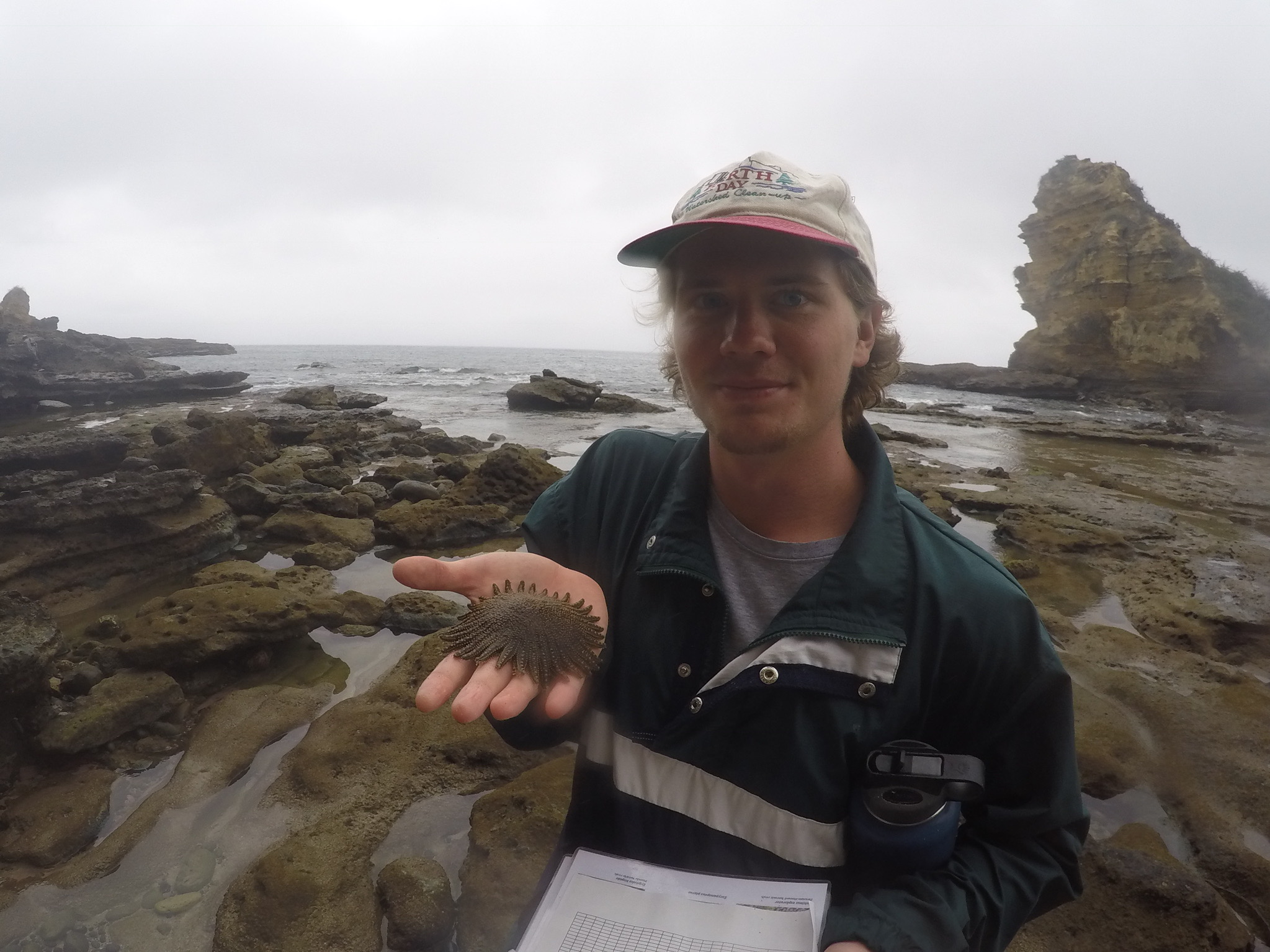
Exploring Marine Science and Conservation in the Galapagos Islands
During my four-month study abroad in the enchanting Galapagos Islands in the fall of 2018, I had the privilege of participating in several groundbreaking research projects under the guidance of esteemed mentors at the University of San Francisco. These projects allowed me to explore the complex interplay of genetics, behavior, and conservation, providing me with invaluable insights and experiences. Here’s an overview of the significant projects I was involved in:
Black Tip Reef Shark Research
- Mentor: Lauren Goodman
- Location: San Cristobal, Galapagos Islands
- Focus: Investigating evolutionary aspects through routine surveys
- Methodology: Utilizing beach seines to capture and study juvenile black tip reef sharks, observing their behavior and development.
- Impact: This study provided critical data on shark pup populations, aiding in conservation efforts and understanding of species dynamics in their natural habitat.

Figure: A black tip reef shark aboard our research vessel as we measure and tag it.
Evolution Based Research on Darwin’s Finches
- Mentor: Jaime Chaves, Ph.D.
- Focus: Understanding the genetic shifts in Darwin finches as they adapt to changing environments
- Methodology: Genetic analysis to trace adaptations and species formation, influenced by human interaction and natural selection.
- Insights: This research highlighted the impact of human-induced changes on natural selection, showcasing how adaptive traits are influenced by introduced factors like food sources.

Figure: One of the iconic Darwin’s finches.
Sea Turtle Research on Species Density
- Mentor: Juan Pablo Muñoz-Pérez, Ph.D.
- Focus: Assessing the impact of environmental factors on sea turtle populations
- Methodology: Capturing and tagging turtles, monitoring health and environmental interactions, particularly with marine debris.
- Results: This project not only informed conservation strategies but also involved the community in scientific observation, enhancing the collective effort to mitigate environmental threats.

Figure: Here’s me snorkeling alongside a sea turtle during our sea turtle density study on San Cristobal Island.
Humpback Whale Behavioral Study
- Mentor: Judith Denkinger, Ph.D.
- Location: Puerto Chino, Coastal Ecuador
- Focus: Examining the cultural transmission of songs among humpback whales across the South Pacific
- Methodology: Recording and analyzing whale songs to understand patterns of cultural transmission and song evolution.
- Discoveries: The project demonstrated how whale songs can indicate connectivity across vast oceanic distances, contributing to our understanding of marine mammal communication networks.

Figure: Here I am wearing headphones to monitor and record the songs of a nearby humpback whale during our field study off the coast of Puerto Chino.
Intertidal Zone Research on Species Richness
- Mentor: Margarita Brandt, Ph.D.
- Focus: Investigating the impact of habitat rugosity on species diversity in rocky intertidal zones.
- Methodology: Examination of species diversity across different levels of rugosity in five beach locations along the Ecuadorian coast, using a standardized quadrant sampling method.
- Findings: The study challenged previous assertions by demonstrating that increased rugosity does not necessarily correlate with higher species diversity. This finding was particularly evident in the mid and high intertidal zones where the variability of rugosity showed minimal effect on the diversity of sessile species.

Figure: Found during our intertidal zone survey, here’s me holding a South American Multiradiate Sun Star.
Pencil Sea Urchin Health: Resilience and Disturbances
- Focus: Investigating the resilience of pencil sea urchins, Eucidaris galapagensis, to physical disturbances in their habitats.
- Methodology: Collection and analysis of spine health data from sea urchins across four different sites on San Cristobal Island, assessing the impact of environmental disturbances such as wave action.
- Results: The study revealed significant differences in the number of broken and regenerating spines among sites, suggesting variability in how urchins respond to and recover from disturbances. Sites with harsher conditions tended to have urchins with more damaged and regenerating spines, indicating a dynamic balance between injury and recovery influenced by environmental factors.
Each project taught me the intricacies of field research and the critical importance of preserving these unique ecosystems. The Galapagos Islands served as a living laboratory where I could witness the profound consequences of natural and human-induced changes on wildlife. These experiences have profoundly shaped my approach to marine science and conservation.

Figure: This mosaic showcases four distinct species from the Galapagos Islands. Top-left: A hammerhead shark near Kicker Rock off San Cristobal. Top-right: A group of golden rays. Bottom-left: A Galapagos giant tortoise at the Isabela Tortoise Center. Bottom-right: A baby marine iguana resting on an adult, likely a parent, highlighting the diverse and unique wildlife found in the region.